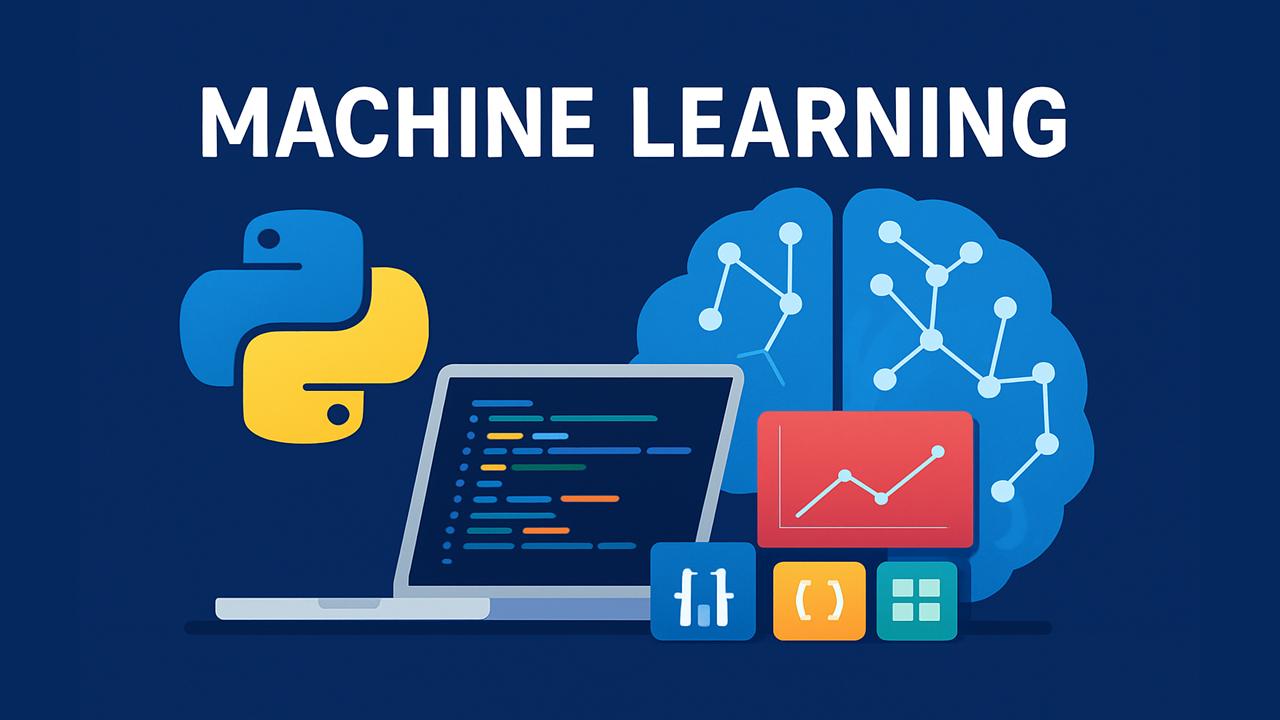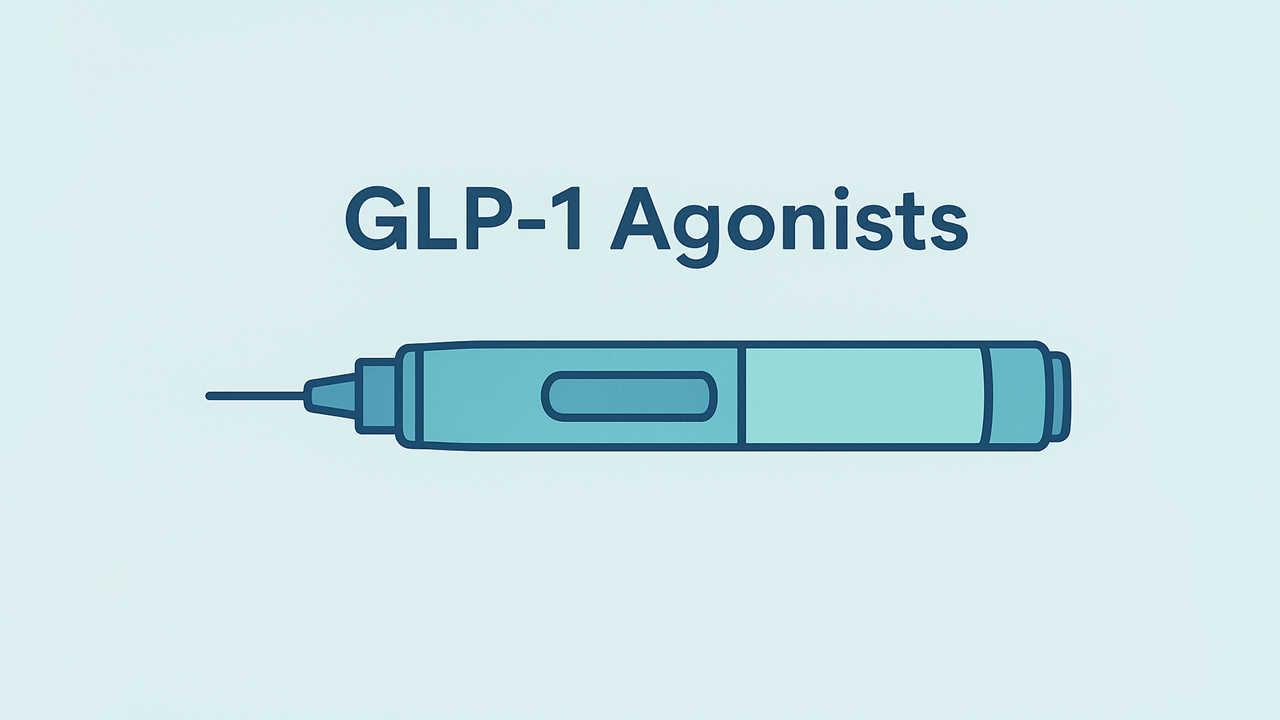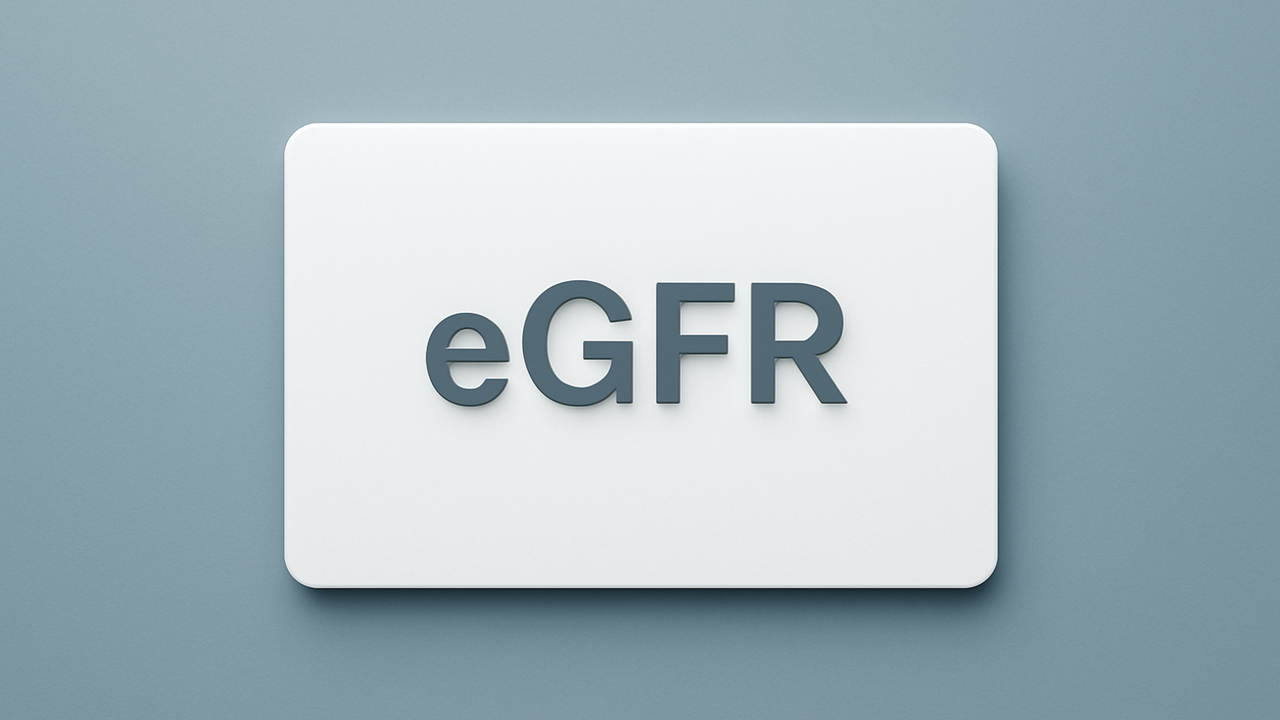Best Open-Source Python Machine Learning Libraries
Python has established itself as the leading language for machine learning thanks to its readability, extensive library ecosystem, and broad community support [1][2]. From traditional ML algorithms on structured data to advanced deep learning and reinforcement learning techniques, Python offers powerful open-source libraries that streamline the entire data science workflow. The following guide is an authoritative and detailed overview of the top Python machine learning libraries—covering essential foundations, industry use cases, and the comprehensive set of tools that enable creating production-ready AI solutions.
Table of Contents
Core Concepts: Supervised, Unsupervised, and Reinforcement Learning
Real-World Applications of Machine Learning
Healthcare
Finance
Natural Language Processing
Computer Vision
Recommendation Systems
Advanced Tools and Complementary Libraries
Model Deployment & Lifecycle Management
Automated Machine Learning (AutoML)
Data Preprocessing & Feature Engineering
Other Specialized Libraries
Introduction: Why Python for Machine Learning
Python is an interpreted, high-level language that emphasizes readability and simplicity, making it accessible to beginners while still powerful for advanced tasks [1][2]. Over the last two decades, Python’s data science ecosystem has exploded, offering libraries such as NumPy, Pandas, and Matplotlib that enable fast numerical computations, data manipulation, and visualization. These foundational libraries laid the groundwork for specialized machine learning frameworks, turning Python into a one-stop shop for data analytics, from ingestion and preprocessing to model training and deployment [3].
Machine learning benefits from Python’s large open-source community, leading to constant innovations, frequent library updates, and extensive documentation. Whether it’s a corporate production environment or a Kaggle competition, Python remains a top choice—suitable for quick prototyping as well as large-scale distributed training. The libraries discussed below demonstrate how Python addresses nearly every facet of machine learning.
Core Concepts: Supervised, Unsupervised, and Reinforcement Learning
Machine learning (ML) is a field of artificial intelligence where systems learn from data rather than through explicit programming [4]. Common ML paradigms include:
Supervised Learning: Models learn from labeled training data. Typical tasks include classification (predicting discrete labels) and regression (predicting continuous values). Examples: spam detection, house-price prediction, sentiment analysis.
Unsupervised Learning: Models discover patterns in unlabeled data. Tasks range from clustering (grouping similar data) to dimensionality reduction (compressing features). Examples: customer segmentation, anomaly detection.
Reinforcement Learning: An agent interacts with an environment and learns an optimal policy through rewards or penalties. Commonly used in game playing (chess, Go) or robotics, where iterative improvement leads to high-level strategic decisions.
Modern developments like deep learning often combine these core paradigms with multi-layer neural networks. However, simpler models—like random forests or gradient boosting—remain extremely effective, particularly for structured/tabular data [5].
Real-World Applications of Machine Learning
Healthcare
Machine learning revolutionizes clinical workflows, from image-based diagnosis (e.g., cancer detection in CT scans) to personalized treatment recommendations. In medical imaging, computer vision algorithms identify tumors in mammograms with high accuracy, aiding radiologists [4]. ML also helps predict hospital readmissions or ICU outcomes, providing actionable insights that can improve patient care.
Finance
Banks and financial institutions leverage ML for fraud detection, analyzing transaction patterns to flag anomalies in real time [3]. Other use cases include credit scoring, where ML models assess loan applicants’ creditworthiness more accurately than rule-based methods. Algorithmic trading systems rely on ML to parse market signals, optimize portfolios, and manage trading strategies.
Natural Language Processing
Chatbots and virtual assistants (e.g., Siri, Alexa) rely on NLP for understanding speech, analyzing user intent, and generating coherent responses. Text classification tools also help moderate online content or filter spam emails. Recent breakthroughs in transformer models (BERT, GPT) have drastically improved machine translation, sentiment analysis, and document summarization.
Computer Vision
ML-based vision systems can detect objects in images or interpret video feeds for tasks such as automated driving. Companies deploy camera-based solutions to monitor manufacturing lines for defects, while smartphone apps use facial recognition for authentication. In security, motion and anomaly detection rely on ML algorithms that process surveillance footage.
Recommendation Systems
Online platforms (e.g., Amazon, Netflix, YouTube) gather user behavior data and produce personalized suggestions. ML-driven collaborative filtering identifies subtle user-item relationships to boost retention and sales [3]. These recommendation engines also appear in news feeds, social networks, and content streaming services, tailoring experiences to individual preferences.
Top Open-Source Python ML Libraries
Scikit-learn
Scikit-learn is a cornerstone for traditional machine learning in Python, offering a consistent API for classification, regression, clustering, and preprocessing [6]. It excels at tasks such as decision trees, random forests, linear/logistic regression, SVMs, and more, providing an excellent environment for baseline models or end-to-end experimentation on structured data. Key highlights:
Large variety of supervised and unsupervised algorithms
Uniform API for
.fit()and.predict()Integrated model selection (cross-validation), metrics, and pipelines
Ideal for medium-sized datasets fitting in memory
Not specialized for deep learning but integrates seamlessly with other libraries
Scikit-learn is especially powerful when tackling classic machine learning on tabular data. Its user-friendly design and thorough documentation make it an essential library for data scientists working in Python.
TensorFlow
TensorFlow is Google’s flagship deep learning framework, originally designed for large-scale distributed training and production deployment [7][8]. Known for:
Graph-based approach (TensorFlow 1.x) and eager execution (TensorFlow 2.x)
High-level Keras integration for quick model building
Full ecosystem for serving, visualization (TensorBoard), and mobile deployment
Optimized for GPUs, TPUs, and multi-machine clusters
TensorFlow powers many of Google’s AI products, handling tasks like image classification in Google Photos, text predictions, and more. It accommodates everything from small prototypes to enterprise-level pipelines, making it a top choice for deep learning workloads that need robust deployment strategies.
PyTorch
PyTorch is another leading deep learning library, initially favored by academic researchers for its dynamic computation graph and Pythonic syntax [9]. Main strengths include:
User-friendly debugging and prototyping, thanks to dynamic graph definition
Broad range of community-contributed models (e.g., via Hugging Face or TorchVision)
Support for GPU acceleration and distributed training
Flexible approach for building custom architectures
PyTorch has grown beyond research to see widespread production adoption. It provides a dynamic environment for implementing cutting-edge NLP, vision, or reinforcement learning models. Tesla’s Autopilot, for example, uses PyTorch for real-time computer vision [9].
Hugging Face Transformers
Hugging Face Transformers is an industry-standard library for state-of-the-art transformer models, primarily aimed at NLP but expanding to vision and audio tasks [10]. Core features:
Wide range of pre-trained models (BERT, GPT, T5, Vision Transformers)
Simple “pipeline” API for tasks like sentiment analysis or text generation
Cross-framework support (PyTorch and TensorFlow)
Built-in fine-tuning utilities for domain-specific tasks
Hugging Face unifies high-level usage and cutting-edge research, enabling fast experiments or production-level deployments for advanced NLP tasks—often with just a few lines of code.
OpenCV
OpenCV (Open Source Computer Vision Library) focuses on traditional computer vision and image processing [11]. Although neural networks now dominate advanced vision tasks, OpenCV remains crucial for:
Image filtering, edge detection, and feature extraction (SIFT, SURF, ORB)
Classical object detection (Haar cascades)
Camera calibration, 3D reconstruction, and real-time video processing
Integrated ML module plus a DNN module to load pre-trained deep models
OpenCV excels at real-time vision on constrained hardware, as well as preprocessing steps in broader ML workflows, bridging classical CV algorithms with deep learning methods.
LightGBM
LightGBM, developed by Microsoft, is an efficient gradient boosting framework that emphasizes speed and high accuracy on tabular data [12]. Key innovations include:
Histogram-based split finding and leaf-wise tree growth
Gradient-Based One-Side Sampling (GOSS) and Exclusive Feature Bundling (EFB) for large/sparse data
Distributed training for large-scale ML
Native categorical feature handling
LightGBM is a favorite in data competitions for its fast training and top-notch performance when tuned, particularly on big or sparse datasets where memory is limited.
XGBoost
XGBoost is a pioneering gradient boosting library that popularized many optimizations for scalable tree-based models [13]. Known for:
Highly optimized, regularized boosting
Sparse-aware, out-of-core computations
Parallelization for multi-core environments
Excellent performance in Kaggle competitions
XGBoost remains a reliable go-to for structured data tasks, offering robust and interpretable models that frequently outperform or match deep learning on tabular problems.
spaCy
spaCy is a high-performance NLP library designed for production use cases [14]. Its pipeline includes:
Tokenization, Part-of-Speech tagging, Dependency parsing
Named Entity Recognition (NER) with pre-trained models in multiple languages
Custom text classification and annotation
Modular design integrating easily with deep learning frameworks
spaCy is a strong choice for building efficient text processing pipelines, from data ingestion to advanced entity extraction, delivering fast speeds crucial for real-time NLP services.
RLlib
RLlib, built on Ray, targets large-scale reinforcement learning in Python [15][16]. It provides:
Implementations of major RL algorithms (DQN, PPO, A3C, SAC, etc.)
Horizontal scalability across clusters
Multi-agent RL support
Easy environment customization (OpenAI Gym compatible)
RLlib’s distributed-first architecture lets teams handle complex simulations or multi-robot training at scale. It abstracts the logistics of parallelizing rollouts and gradient updates, streamlining RL deployment.
Advanced Tools and Complementary Libraries
Model Deployment & Lifecycle Management
Managing experiments and models in production can be a challenge. Tools like MLflow enable tracking of parameters, metrics, and artifacts for reproducibility, plus a model registry and standard packaging [17]. This ensures experiments are organized and that final models can be versioned and deployed more reliably. Kubeflow, TFX, and Airflow-based solutions offer similar production orchestration for complex pipelines.
Automated Machine Learning (AutoML)
AutoML libraries automate the tedious process of model selection, hyperparameter tuning, and sometimes feature engineering. Notable examples:
auto-sklearn: Builds and tunes scikit-learn pipelines via Bayesian optimization [18].
TPOT: Uses genetic programming to evolve an optimal pipeline.
H2O AutoML: Trains multiple models (GLMs, tree ensembles, etc.) and stacks them.
AutoML helps non-experts achieve decent performance quickly, although manual tuning by experienced data scientists can still offer an edge in specialized scenarios.
Data Preprocessing & Feature Engineering
pandas is the de facto library for data manipulation, reading CSVs into DataFrames and supporting merging, filtering, and transformations [19]. For numeric operations, NumPy arrays integrate seamlessly with other ML libraries. Specialized libraries like Featuretools enable automatic feature generation for relational data, and Dask can scale pandas-like operations out-of-core for large datasets.
Other Specialized Libraries
OpenAI Gym: Standard interface for reinforcement learning environments.
PyTorch Geometric or DGL: Focus on graph neural networks.
NetworkX: Graph-based data analysis and algorithms.
Keras (within TensorFlow): High-level deep learning API for fast prototyping.
Horovod: Distributed training on multiple GPUs/machines.
Such tools extend Python’s capabilities across specialized domains, from graph-based ML to distributed training, ensuring flexibility for nearly any ML project’s scope.
Conclusion and Next Steps
The Python machine learning ecosystem encompasses a vast, mature set of open-source libraries that allow data professionals to implement everything from basic regression models to advanced deep learning and reinforcement learning solutions. Each library discussed—Scikit-learn, TensorFlow, PyTorch, Hugging Face Transformers, OpenCV, LightGBM, XGBoost, spaCy, and RLlib—addresses different niches in the ML pipeline:
Classical ML on tabular data benefits from Scikit-learn, LightGBM, and XGBoost.
Deep learning thrives on TensorFlow and PyTorch, with Hugging Face extending capabilities in NLP.
Computer vision tasks blend modern deep learning with classical OpenCV methods.
NLP pipelines use spaCy for robust text processing, aided by Transformers for cutting-edge language understanding.
Reinforcement learning finds a scalable solution in RLlib.
Complementary tools for AutoML, data preprocessing (pandas), and model deployment (MLflow) ensure end-to-end success. By combining these resources, developers and data scientists stay at the forefront of AI innovation, constructing production-grade models and efficient workflows.
Next Steps:
Experiment with smaller datasets in scikit-learn to master ML fundamentals.
Explore TensorFlow or PyTorch for deep learning practice, focusing on real-world projects.
Incorporate Hugging Face Transformers or spaCy to tackle NLP tasks.
Scale out reinforcement learning experiments with RLlib if interested in simulation-based optimization.
Whether working on Kaggle challenges or enterprise solutions, these open-source Python libraries collectively form a rich, ever-evolving ecosystem that empowers data teams to achieve state-of-the-art machine learning.
References
Rice University. (2023). 12 Best Programming Languages for Data Science and Analytics.
Interaction Design Foundation. (2023). Machine Learning (ML) – Definition and Discussion.
IBM. (2021). What is machine learning? IBM Think Blog.
IBM. (2023, Oct 16). 10 Everyday Machine Learning Use Cases. IBM Think Blog.
Pratt, M. K. (2023). Top 12 Machine Learning Use Cases and Business Applications. TechTarget: SearchEnterpriseAI.
Pedregosa, F., et al. (2011). Scikit-learn: Machine Learning in Python. Journal of Machine Learning Research, 12, 2825-2830.
Wikimedia Foundation. (2025). TensorFlow – Wikipedia.
Wikimedia Foundation. (2023). PyTorch – Wikipedia.
Lewis, M., et al. (2020). Transformers: State-of-the-art Natural Language Processing (Version 4.0) [Computer software]. Hugging Face.
Boesch, G. (2024, October 1). What is OpenCV? The Complete Guide (2025). viso.ai Blog.
Wikimedia Foundation. (2023). LightGBM – Wikipedia.
Wikimedia Foundation. (2025). XGBoost – Wikipedia.
Wikimedia Foundation. (2025). spaCy – Wikipedia.
Moritz, P., et al. (2018). Ray: A Distributed Framework for Emerging AI Applications. Proceedings of the 13th USENIX Symposium on Operating Systems Design and Implementation.
Ray Project. (2025). RLlib: Scalable Reinforcement Learning – Documentation (Ray v2.46).
Databricks. (2023). MLflow: A Machine Learning Lifecycle Platform [GitHub repository].
Feurer, M., et al. (2015). Efficient and Robust Automated Machine Learning. In NIPS 28 (auto-sklearn).
pandas Development Team. (2024). pandas: Python Data Analysis Library (v2.2.3).































